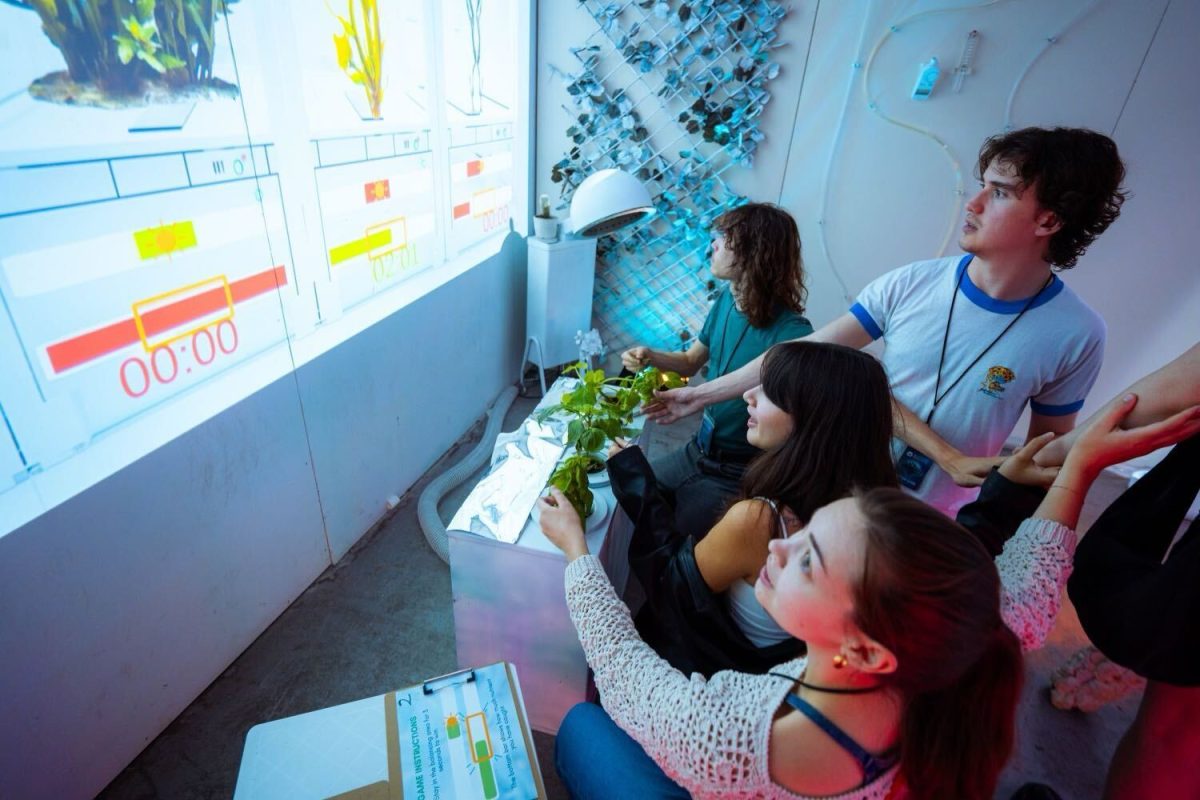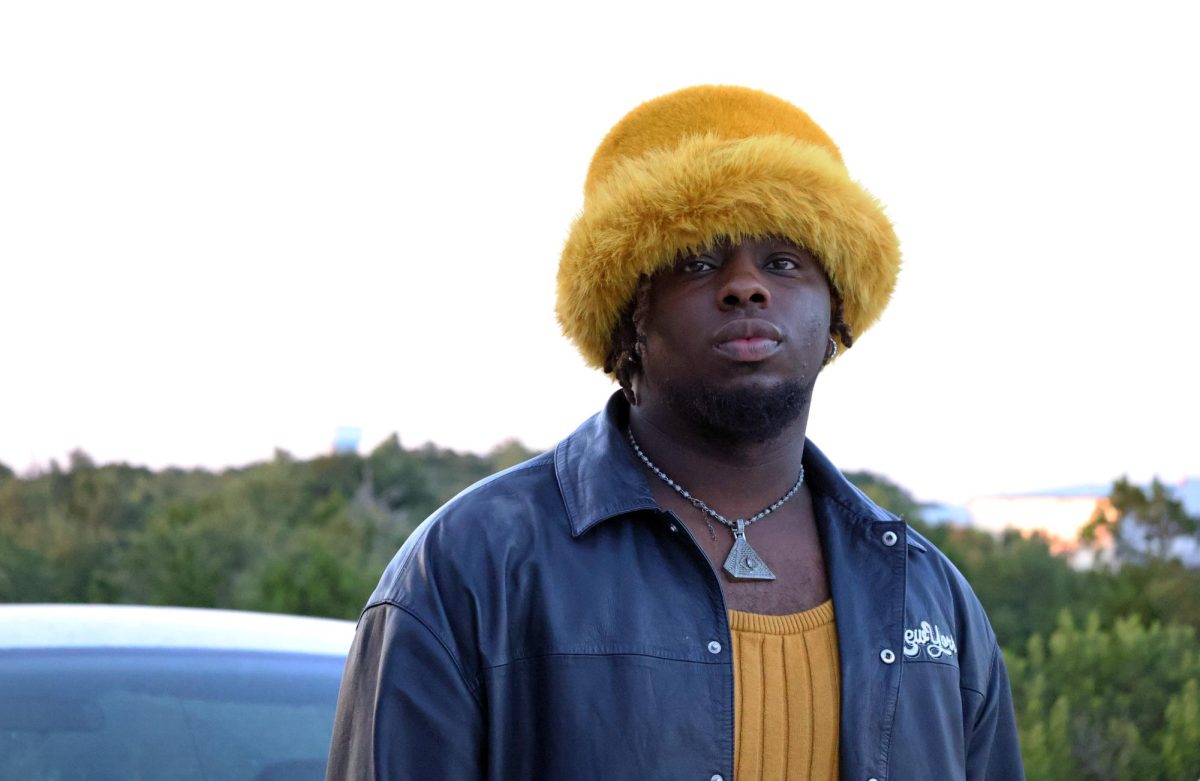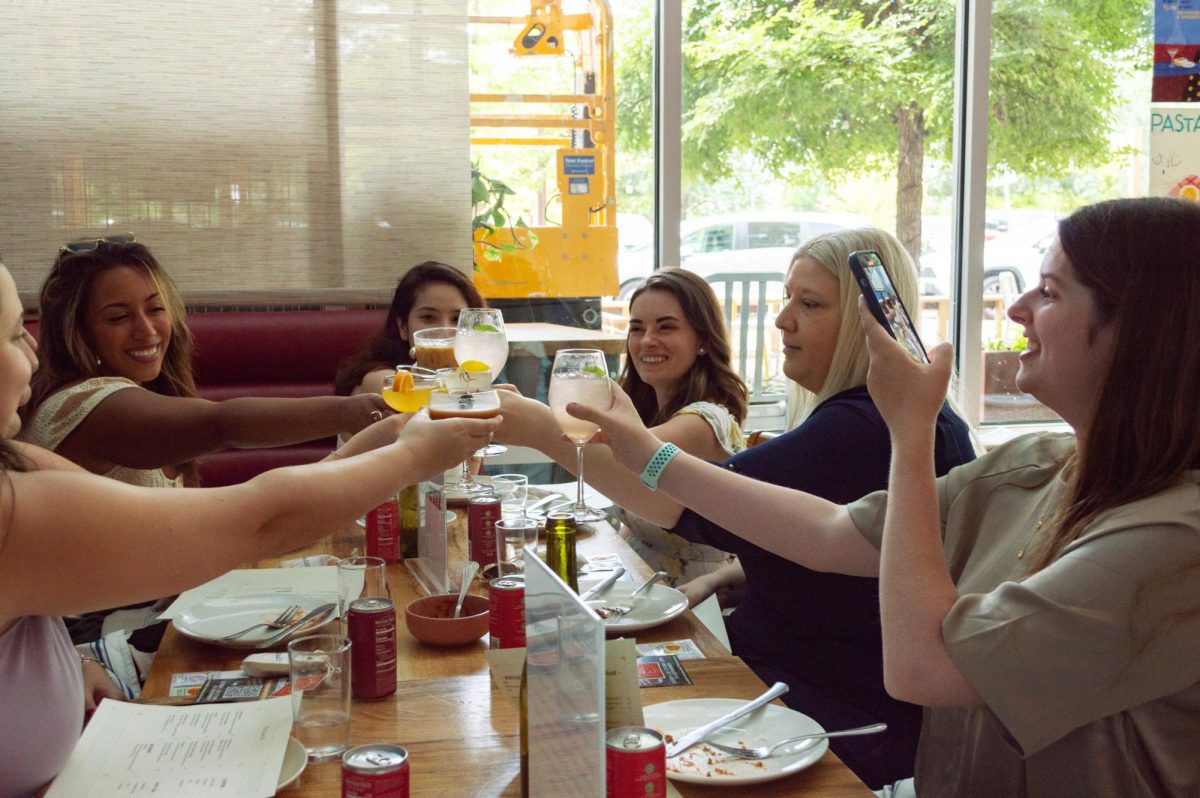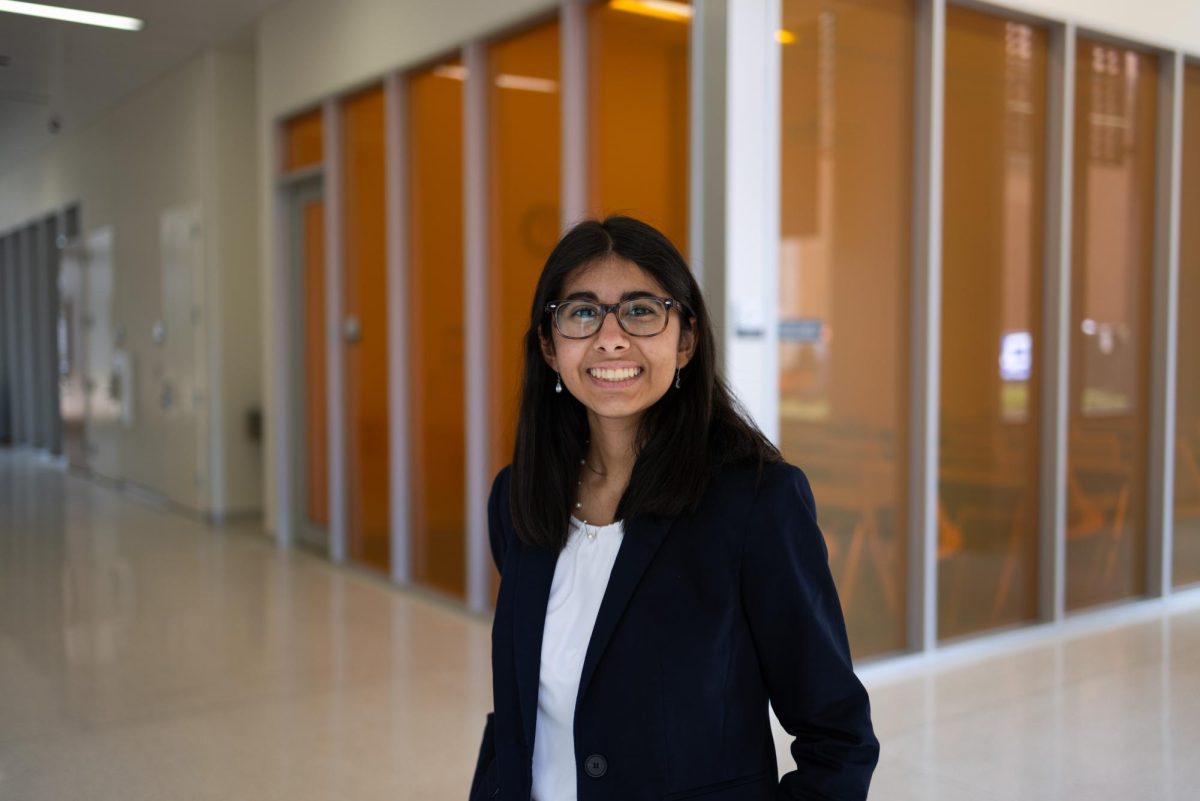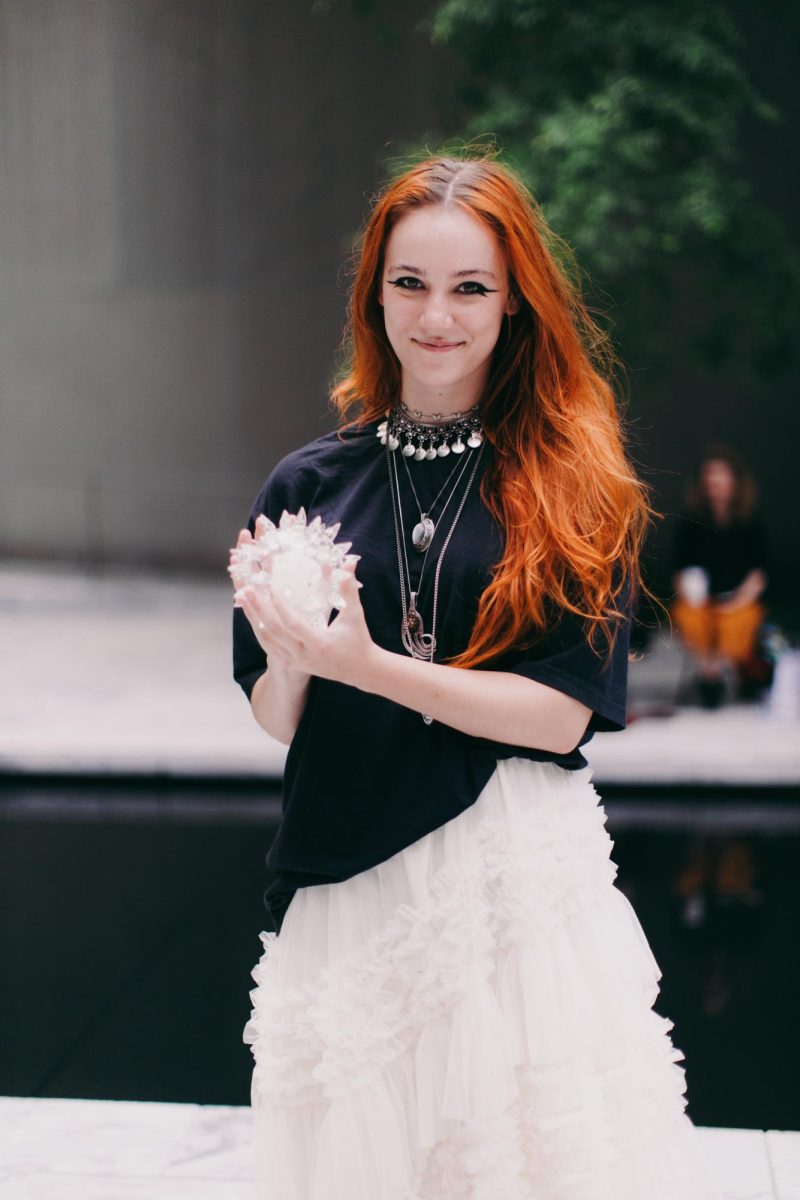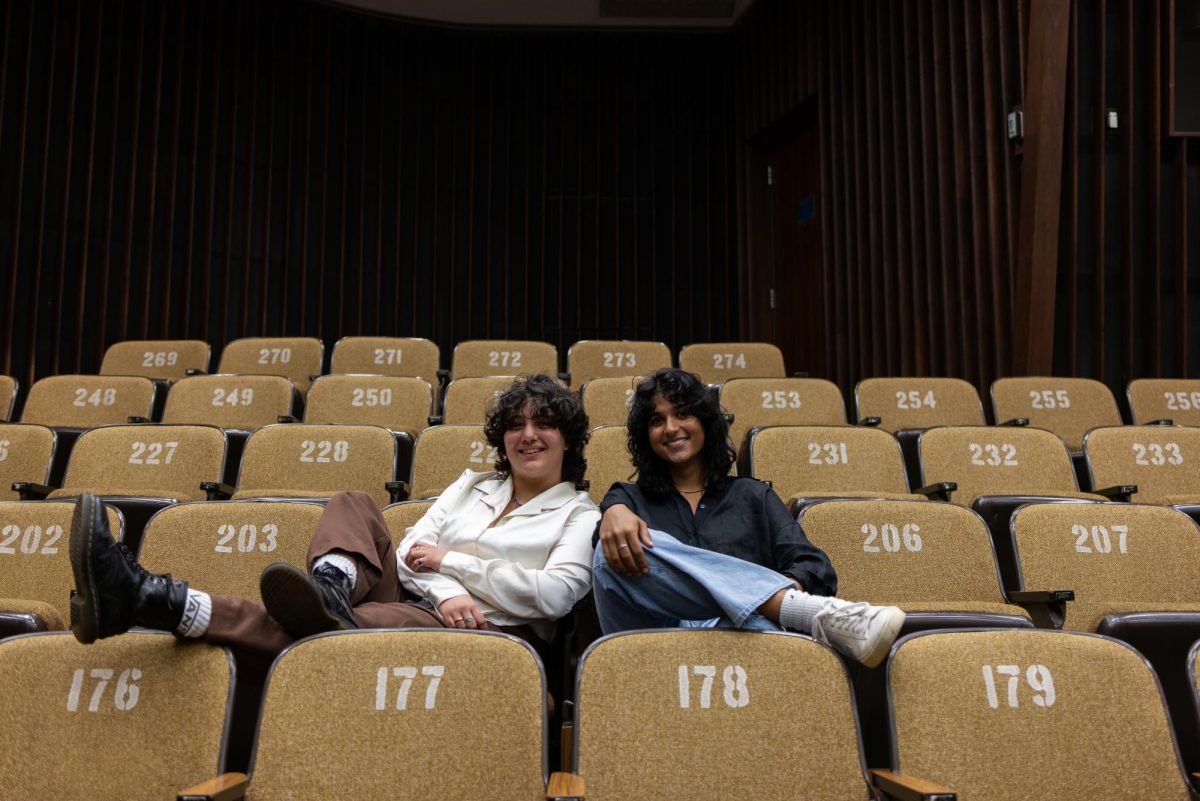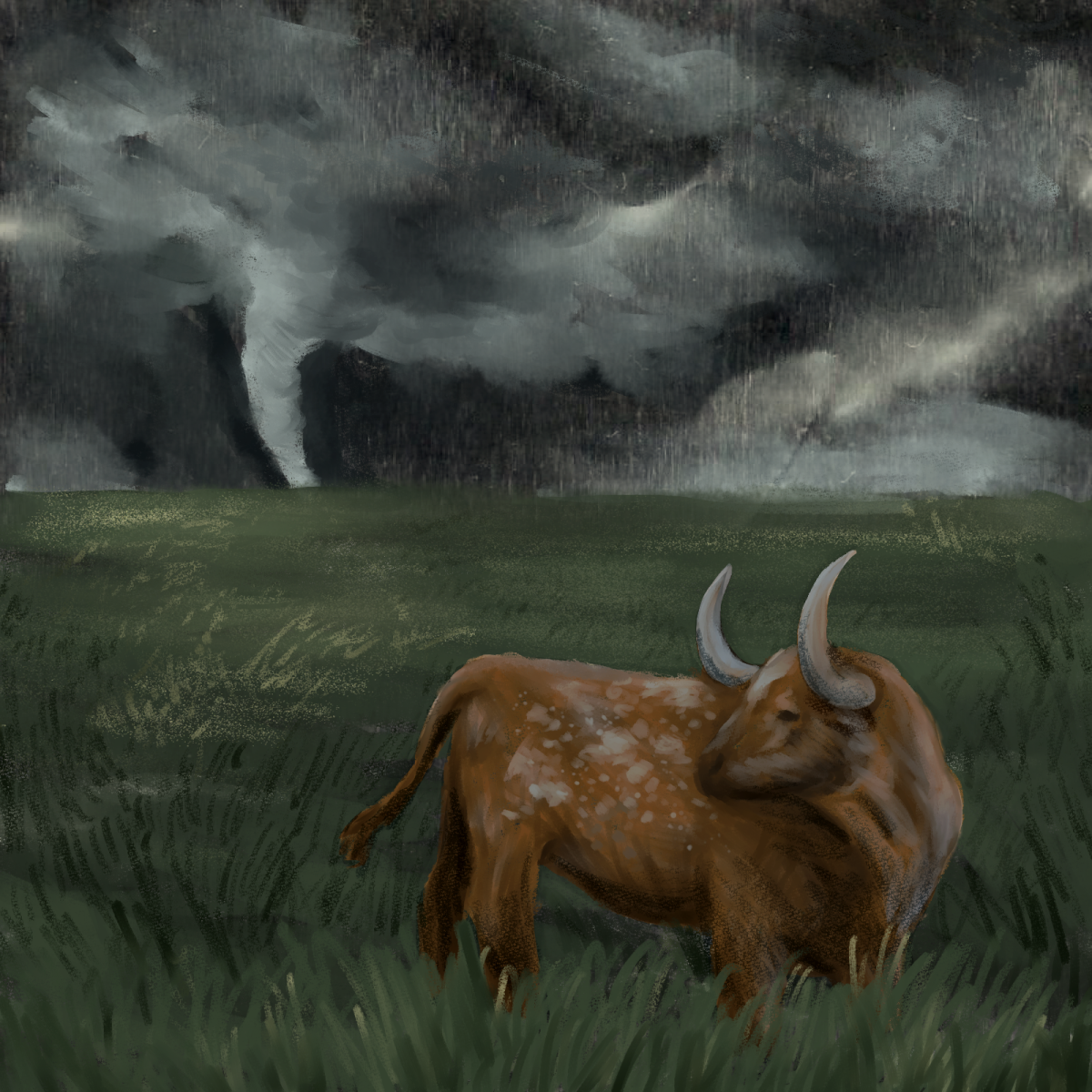After watching the demolition of precious historic sites, such as the Palmyra in Syria, during ISIS attacks in 2015, Stephennie Mulder, an associate professor of Islamic art and architecture, felt she needed to raise awareness about the loss of cultural heritage in wartime contexts. Following the attacks, she established Antiquities Action: a collection of students, faculty and staff seeking to elucidate the destruction of and crimes against antiquities.
On Saturday, Antiquities Action held its fifth annual symposium in the E. William Doty Fine Arts Building. At the symposium, 11 speakers from across the globe presented research and case studies focused on the roles of fakes, forgeries and the art market in antiquities trafficking. Mulder said the symposium offered an opportunity for art historians to spread the rich and, at times, tragic history that antiquities hold.
“The destruction of heritage has always been an accompaniment of war because it causes psychic damage to people,” Mulder said. “We wanted to bring that conversation to campus.”
Mara McNiff, a fifth-year art history doctoral student and co-chair of Antiquities Action, said she asked for a variety of cultural scopes from speakers at the symposium so Antiquities Action members could better sympathize with global communities, especially as they learn about local losses of heritage in Antiquities Action meetings.
“They can see from their own experiences how much (it’s) also a global experience,” McNiff said. “Heritage (is) disappearing at a large scale, and (they see) what can happen to memory and identity when things deteriorate.”
Astrid Runggaldier, associate art history professor and faculty advisor for Antiquities Action, said she agrees that heritage should be preserved through the protection of antiquities. Runggaldier also said there’s a difference between what protecting antiquities looks like by Western standards and what Indigenous communities are entitled to by their own standards.
“There’s a lot of looting that happens in Indigenous contexts, in my world, where people are connecting with their ancestors,” Runggaldier said. “These objects are material, tangible proof of the inheritance of knowledge and tradition and identity that comes from their ancestors.”
With the cultural heritage authentic antiquities hold, Gianna Ligotino, first-year art and art history master’s student and presenter at the symposium, said she valued the event because it called out the world’s oversaturation with fakes and forgeries.
“It affects museum collections, it affects cultural heritage in terms of people having access to the work of their people,” Ligotino said. “It’s a pertinent topic, and even if people are thinking about it in a surface-level way, they’re thinking about it, and that’s incredible.”




